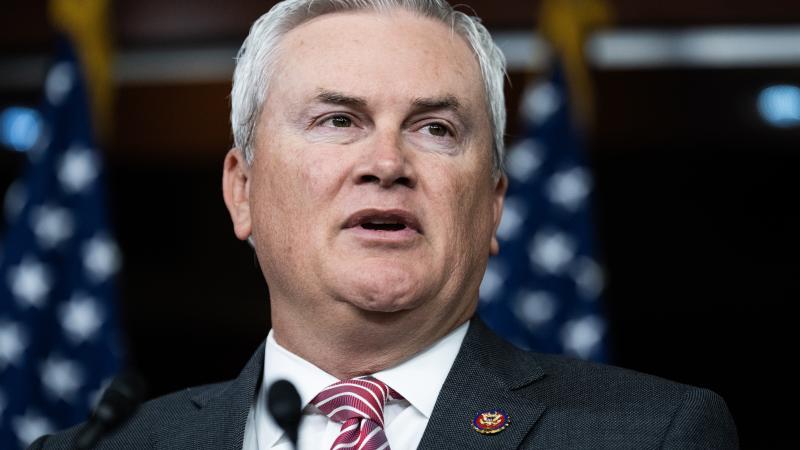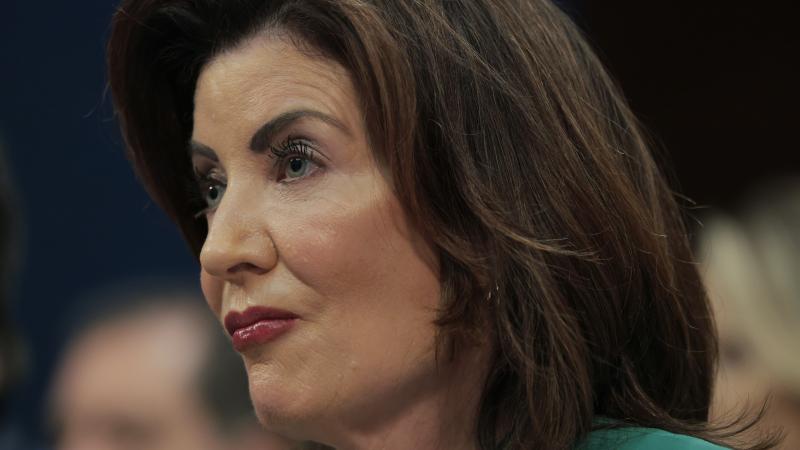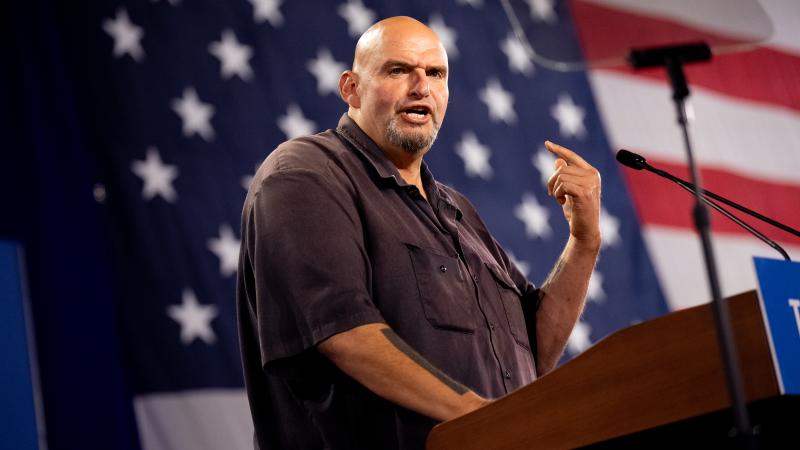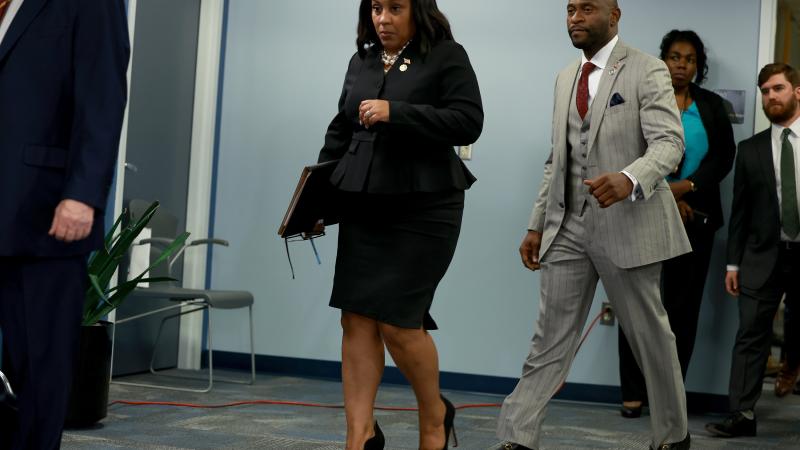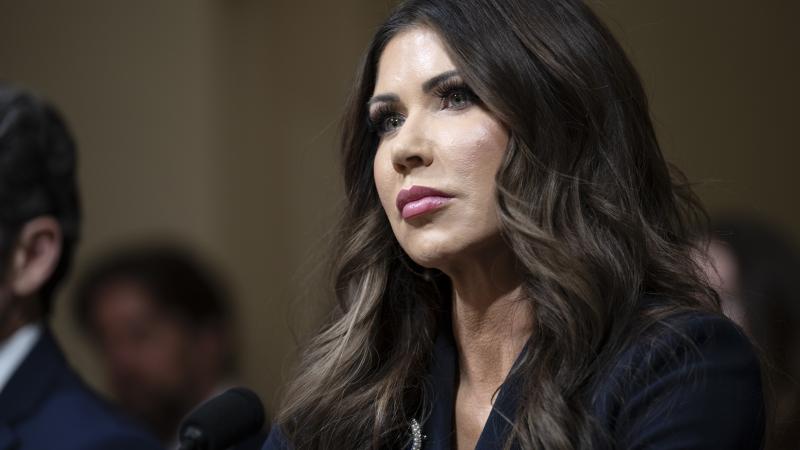Indicators point to corrections ahead for the 2022 farm economy
Farm Credit has been telling farmers to lock in their interest rates and think twice about adding debt.
The farm economy is healthy, but the indicators show that corrections are due.
Glen Semple, vice president/senior commercial lender of Farm Credit Illinois, said that Farm Credit has been telling farmers to lock in their interest rates and think twice about new debt.
“Fixed rates are a little higher, so oftentimes you have people who want to start with a variable rate so that they can save the last one and a half percent or two percent over a long-term fixed rate,” Semple said.
Semple has been in the farm lending business for 38 years.
“If interest rates were to go up quickly, it could be very very detrimental to the farm economy,” he said, “If you increase interest rates by double and multiply what their interest rates have been for the last 3 years by 2, that is a major increase in costs for farmers.”
The cost of money is just one of a slew of other rising costs that farmers will confront in 2022, Semple said. In the past year, cash rents and input prices have already gone up, he said.
“It’s going to cost $100 to $150 an acre more to plant an acre of corn in 2022 than it did in 2021,” he said. “Farmers are paying $1,300 to $1,400 a ton for anhydrous ammonia. Seed prices are going to be up somewhere between 5% and 10% from last year. Chemical costs are going to be more expensive. If farmers are purchasing equipment, equipment prices are much higher today than they were 12 months ago.”
Supplies are not the only thing going up.
“All of the inputs into a farm operation are up considerably for 2022 versus 2021, yet the 2022 income is still undetermined,” Semple said. “We don’t know the yield. The crop has not been planted yet. Unless farmers are forward pricing, they don’t know what the commodity prices are going to be for the 2022 crop.”
Semple said commodity prices are closing in on the top.
“If we have a large crop in South America and a large crop here in the U.S., crop prices will be considerably lower a year from now than they are right now,” Semple said. “This combination of strong commodity prices and low interest rates. I don’t believe the perspective of this combination is likely to stay in place much longer.”

